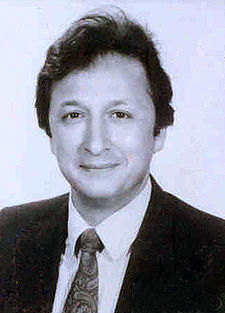Year: 2006
Postulate: The rest mass of an object bound to a celestial body amounts less than its rest mass measured in empty space, and this, as much as its binding energy vis-?-vis the gravitational field of concern.
The decreased rest mass, is further dilated by the Lorentz factor, if the object in hand, is in motion in the gravitational field of concern. The overall relativistic energy must be constant on a stationary trajectory. This yields the equation of motion driven by the celestial body of concern, via the relationship exp(-alpha) x SQRT(1-v02/c02) = Constant, along with the definition alpha=GM/(rc02); here M is the mass of the celestial body creating the gravitational field of concern; G is the universal gravitational constant, measured in empty space; it comes into play in Newton's law of gravitation, which is, in our approach, assumed to be valid for static masses only; r points to the location picked on the trajectory of the motion, the center of M being the origin of coordinates, as assessed by the distant observer; v0 is the tangential velocity of the object at r; c0 is the ceiling of the speed of light in empty space; v0 and c0 remain the same for both the local observer and the distant observer, just the same way as that framed by the special theory of relativity.
The differentiation of the above relationship leads to our equation of motion, i.e.
dv0/dt = -(GM/r2) (1-v02/c02) r/r;
r is the outward looking unit vector along r; the latter differential equation is the classical Newton's Equation of Motion, were v02/c02, negligible as compared to unity; this equation is valid for any object, including a light photon.
Taking into account the quantum mechanical stretching of lengths due to the rest mass decrease in the gravitational field, the above equation can be transformed into an equation written in terms of the proper lengths, yielding well the end results of the General Theory of Relativity, though through a completely different set up.


